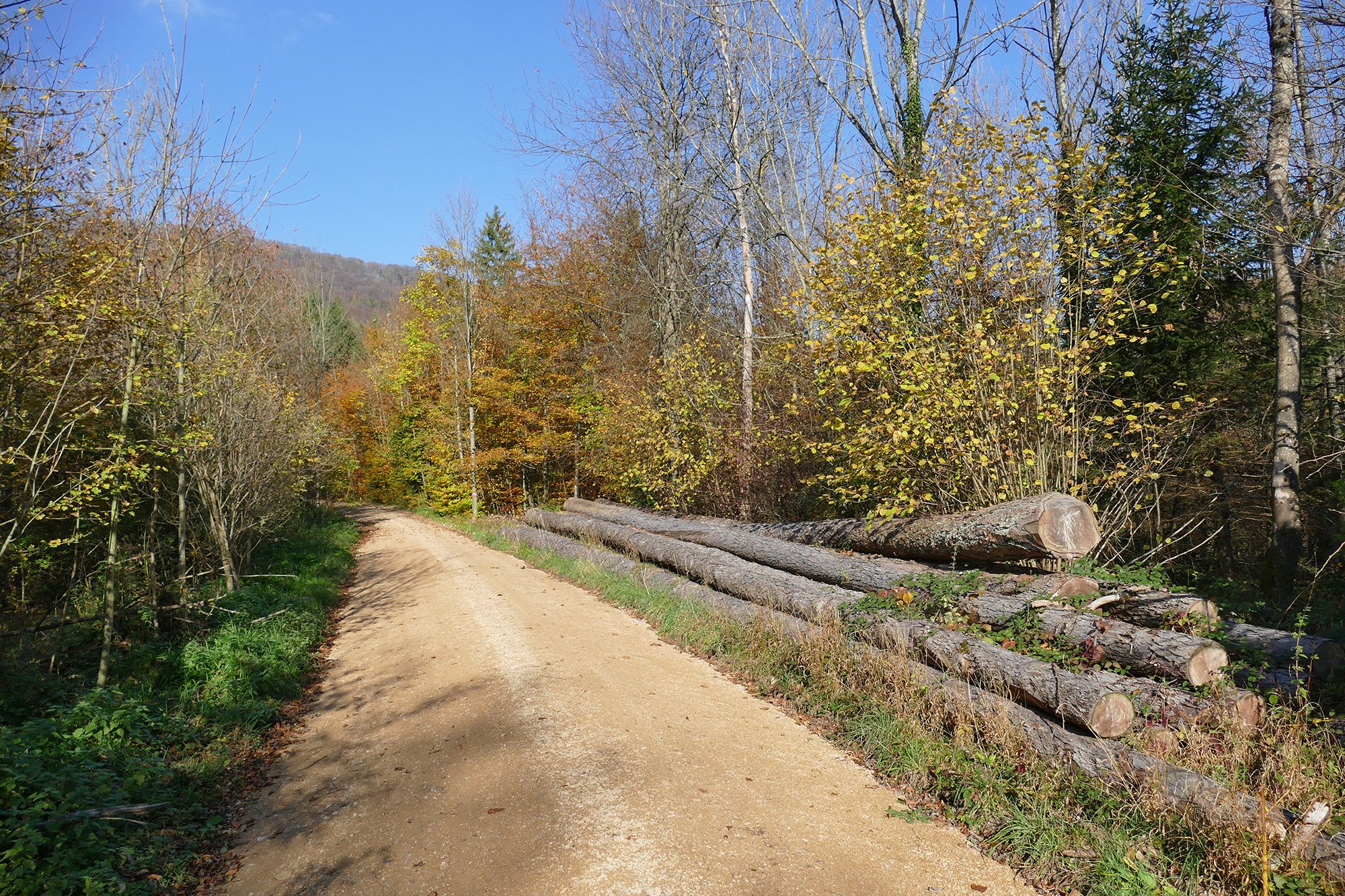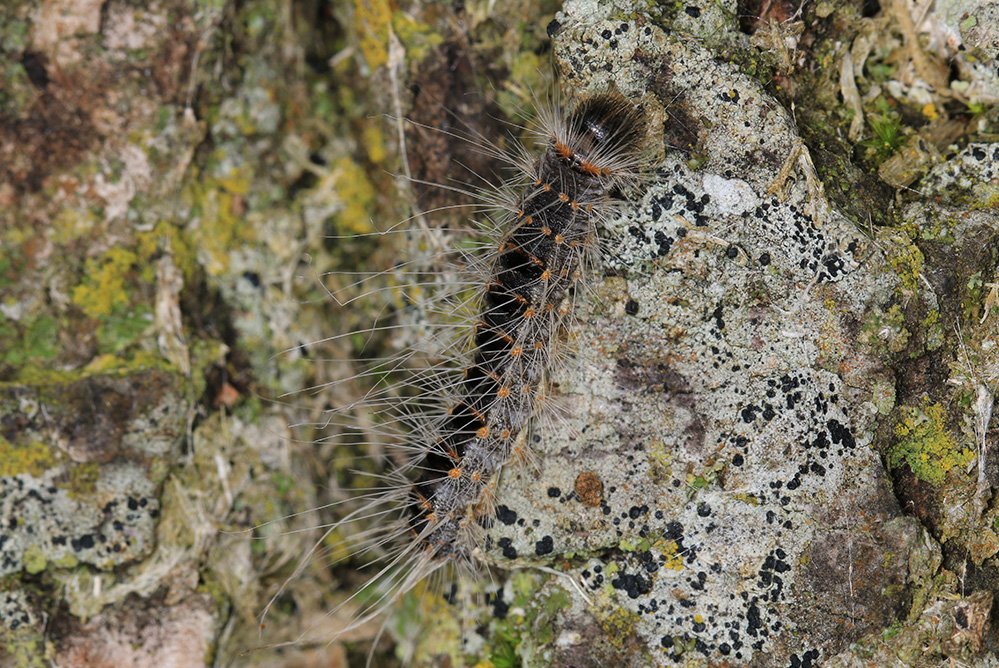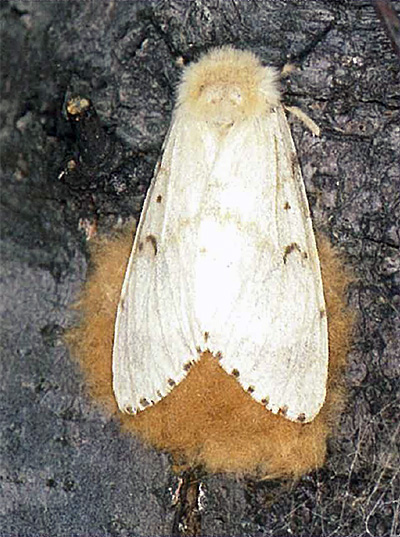
Fig. 1. A female gypsy moth laying eggs. The moth is producing a sponge-like tissue in which the eggs are embedded. Photo: Entomology (WSL)
The European range of distribution of the gypsy moth extends from North Africa, over Western Europe, Southern and Central Europe and following east over Russia up to Japan. In the North, the moths are reaching Central Sweden and Southern Finland. In Central Europe, the moths live in warm and dry habitats and prefer the light, sunny forest stands of forest edges, as well as parks and fruit orchards.
The population development is favored by warm summers and continuing drought. Therefore, the origin of extension lies in warmer regions such as the Ticino, Wallis, the area around Geneva and the lake of Biel. In the central lowlands, the moth was found only occasionally, in particular in the eastern part of Switzerland.
The host
The larvae of the gypsy moth do not feed from one particular plant species but instead from approximately 400 different plant species: broad-leaf trees such as oak, hornbeam, European beech, sweet chestnut, pip- and stone-fruit species. In , it is mainly the sweet chestnut which is affected by outbreaks.
Life cycle
The populations overwinter within the egg shells as fully developed, only a few millimeters small caterpillars. They hatch in spring during bud-break and start to feed instantaneously. With the help of long hairs which allow them to float in the air, the young caterpillars are transported over kilometers by the wind. In contrast, the adult females do not contribute significantly to the spatial dispersion. At the beginning of their development, the caterpillars feed during daytime while they become active during night, once they grow bigger.
During its development period of 6 to 12 weeks, each caterpillar consumes approximately one square meter of foliage. After the pupation the moths emerge between July and the end of September. While the white females are almost flightless, the brown colored males, which are active during the day, fly in a restless zigzag pattern. After mating, the female produces a single egg mass consisting of several hundred eggs embedded in abdominal hair. In German, the gypsy moth was called after this sponge-like cluster.
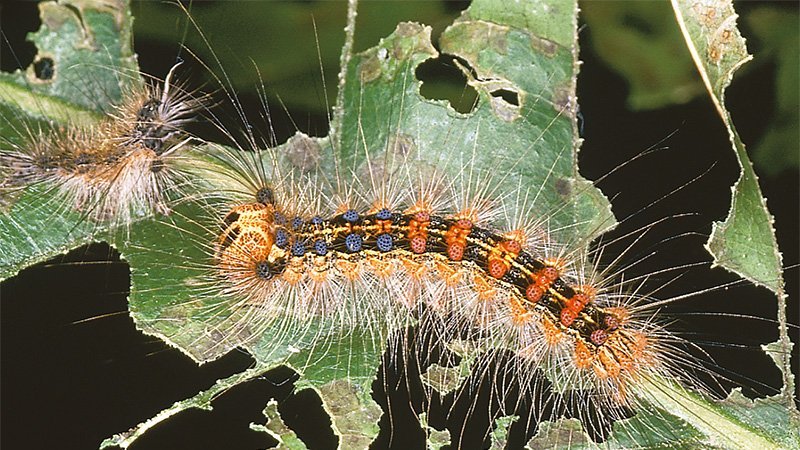
Fig. 2. The caterpillars of the gypsy moth have a good appetite. During its development, one caterpillar is devouring 1 square meter of foliage. Photo: Entomology (WSL)
Natural regulation
The gypsy moth has a large number of natural predators of which many contribute to put an end to an outbreak in a natural way:
- Pathogens (viruses, bacteria and fungi)
- Parasites (mainly tachinid flies and braconid wasps)
- Predators (ground beetles, stink bugs, soldier beetles, ants, toads, lizards, birds, shrews).
Effects of outbreaks
Most of the broad-leaf tree species respond with a quick new flush of leaves within the same summer period. A singular gypsy moth attack normally has no negative effects on the tree. If the Lymantria-caterpillars feed on the same tree over several years, significant effects such as water shoots, suppressed growth rates and reduced seed production may occur. The caterpillars may be dispersed by wind from the forest to a nearby fruit orchard, where they can cause significant damage.
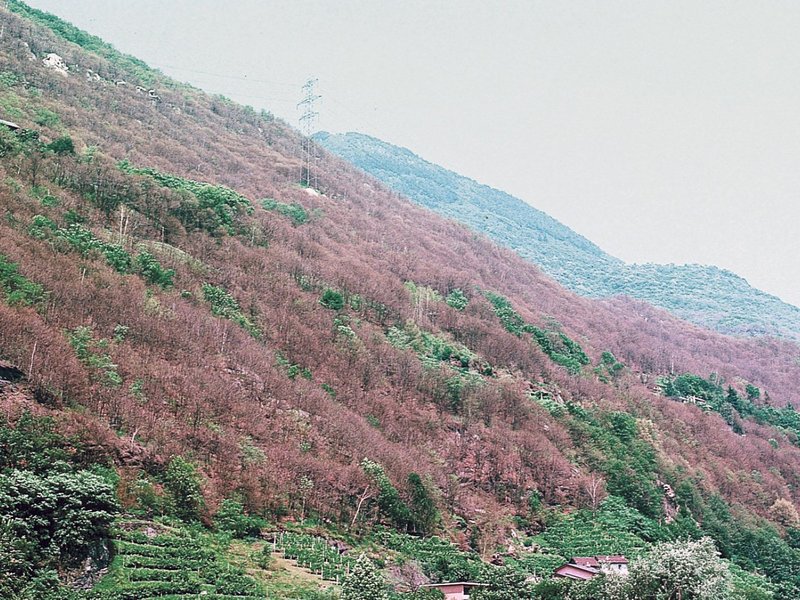
Fig. 3. Extended complete defoliation of the chestnut in Ticino (Canton in Southern Switzerland) Photo: Swiss Forest Protection (WSL)
A gypsy moth outbreak may become a significant social problem. The thousands of caterpillars may become a nuisance if the hyperactive insects spread over gardens while searching for a food sources, or entering houses through open windows and doors. With sensitive persons, the hair of a caterpillar may cause skin irritation. But the hair from the gypsy moth is far less aggressive than, for example, the hair from the gold-tail (Euproctis chrysorrhoea) or from the pine processionary moth (Thaumetopoea pityocampa).
Literature
Literature references can be found in the original publication (PDF, in German).
You can order the printed WSL fact sheet Der Schwammspinner (Lymantria dispar L.) free of charge from WSL:
WSL e-shop
Zürcherstrasse 111
CH-8903 Birmensdorf
e-shop@wsl.ch
